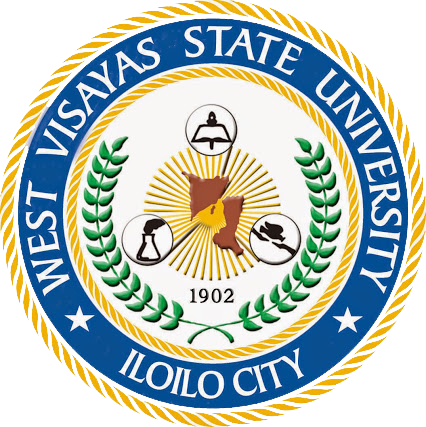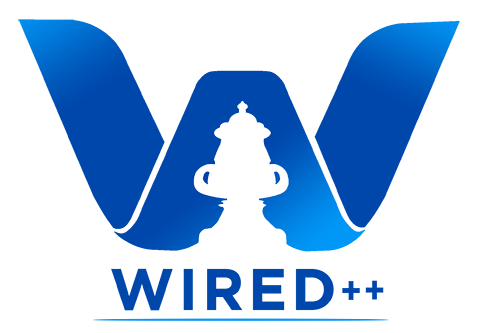Collective action and adaptive capacity of communities during disasters: The case of oil spill in Guimaras, Philippines
| dc.contributor.author | Tan, Andrew Eusebio S. | |
| dc.contributor.author | Pulhin, Juan M. | |
| dc.coverage.spatial | Guimaras | en |
| dc.coverage.spatial | Western Visayas | en |
| dc.date.accessioned | 2024-05-10T06:57:25Z | |
| dc.date.available | 2024-05-10T06:57:25Z | |
| dc.date.issued | 2012 | |
| dc.identifier.citation | Tan A.E.S., Pulhin J.M. (2012) Collective action and adaptive capacity of communities during disasters: the case of oil spill in Guimaras, Philippines. Journal of Environmental Science and Management, 15(1), 6-16. | en |
| dc.identifier.issn | 0119-1144 | |
| dc.identifier.uri | https://hdl.handle.net/20.500.14353/434 | |
| dc.description.abstract | Under conditions of limited time, resources, and attention, appraisal of responses to threats of industrial pollution presents formidable challenges for governance and disaster preparedness. A community's social dynamics could very well explain how the responses to such perturbations are made and what inherent traits of the household/community make them adaptive to disasters. Using both qualitative and quantitative approaches in research, this study looked at the collective action and adaptive capacity of communities affected by an oil spill. Questionnaire was fielded out to elicit data on communities' quantitative level of adaptive capacity and focus group discussions, in-depth interviews, observations, and narrative analysis were employed for qualitative data. The oil spill experience reveals three forms of collectivity: actions through formal organizations, informal organizations and spontaneous actions -- all anchored on residents' varying motives, and intentions. Collective action when harnessed by personal agency results into desired trajectories thus strengthening communities' adaptive capacity. A household adaptive capacity index (HACI) consisting of demographic structure, economic well-being, interconnectivity to higher level processes, and dependence on a resource-- as indicator of measuring adaptive capacity was devised and employed in selected communities affected by oil spill in Guimaras, Philippines. Ten percent or 88 households were randomly selected as survey respondents. In the outcome, the communities were fairly adaptable (with HACI of 55.43) to the perturbations. It was concluded that a strong social capital, high economic well-being, and less dependence on a single resource for livelihood made the household highly adaptable to environmental stresses. | en |
| dc.description.sponsorship | The lead author gratefully acknowledges the scholarship grant extended by the NaRDSAF implemented by the DABAR and the Commission on Higher Education (CHED) for the financial assistance through the Dissertation Grant Program. | en |
| dc.language.iso | en | en |
| dc.rights | CC0 1.0 Universal | * |
| dc.rights.uri | http://creativecommons.org/publicdomain/zero/1.0/ | * |
| dc.subject | Adaptive capacity | en |
| dc.subject | Collective action | en |
| dc.subject | Collectivity | en |
| dc.subject | Industrial pollution | en |
| dc.subject | Disaster preparedness | en |
| dc.subject | Household community | en |
| dc.subject | Household adaptive capacity index | en |
| dc.subject | Ecological pertubations | en |
| dc.subject | Environmental perturbations | en |
| dc.subject | Adaptive mechanisms | en |
| dc.subject | Plaguing | en |
| dc.subject | Collective behavior | en |
| dc.subject | MT Solar I spill in Guimaras | en |
| dc.subject | Hazards | en |
| dc.subject.lcsh | Natural disasters | en |
| dc.subject.lcsh | Oil spills--Environmental aspects | en |
| dc.subject.lcsh | Liability for oil pollution damages | en |
| dc.subject.lcsh | Oil spills | en |
| dc.subject.lcsh | Water--Pollution | en |
| dc.subject.lcsh | water pollut | en |
| dc.subject.lcsh | Case study reports | en |
| dc.subject.lcsh | Emergency management | en |
| dc.subject.lcsh | Communities | en |
| dc.subject.lcsh | Ecological disturbances | en |
| dc.subject.lcsh | Resilience (Personality trait) | en |
| dc.subject.lcsh | Natural disasters--Environmental aspects | en |
| dc.subject.lcsh | Natural disasters--Research | en |
| dc.subject.lcsh | Natural disasters--Social aspects | en |
| dc.subject.lcsh | Environmental disasters | en |
| dc.subject.lcsh | Quality of life | en |
| dc.subject.lcsh | Ecological disturbances | en |
| dc.title | Collective action and adaptive capacity of communities during disasters: The case of oil spill in Guimaras, Philippines | en |
| dc.type | Article | en |
| dcterms.accessRights | Open access | en |
| dc.citation.journaltitle | Journal of Environmental Science and Management | en |
| dc.citation.volume | 15 | en |
| dc.citation.issue | 1 | en |
| dc.citation.firstpage | 6 | en |
| dc.citation.lastpage | 16 | en |
| local.isIndexedBy | Scopus | en |
| dc.subject.sdg | SDG 14 - Life below water | en |
| dc.subject.sdg | SDG 11 - Sustainable cities and communities |
Files in this item
This item appears in the following Collection(s)
-
Journal articles published externally [127]
Journal articles published externally, written by WVSU faculty members, staff, and students






